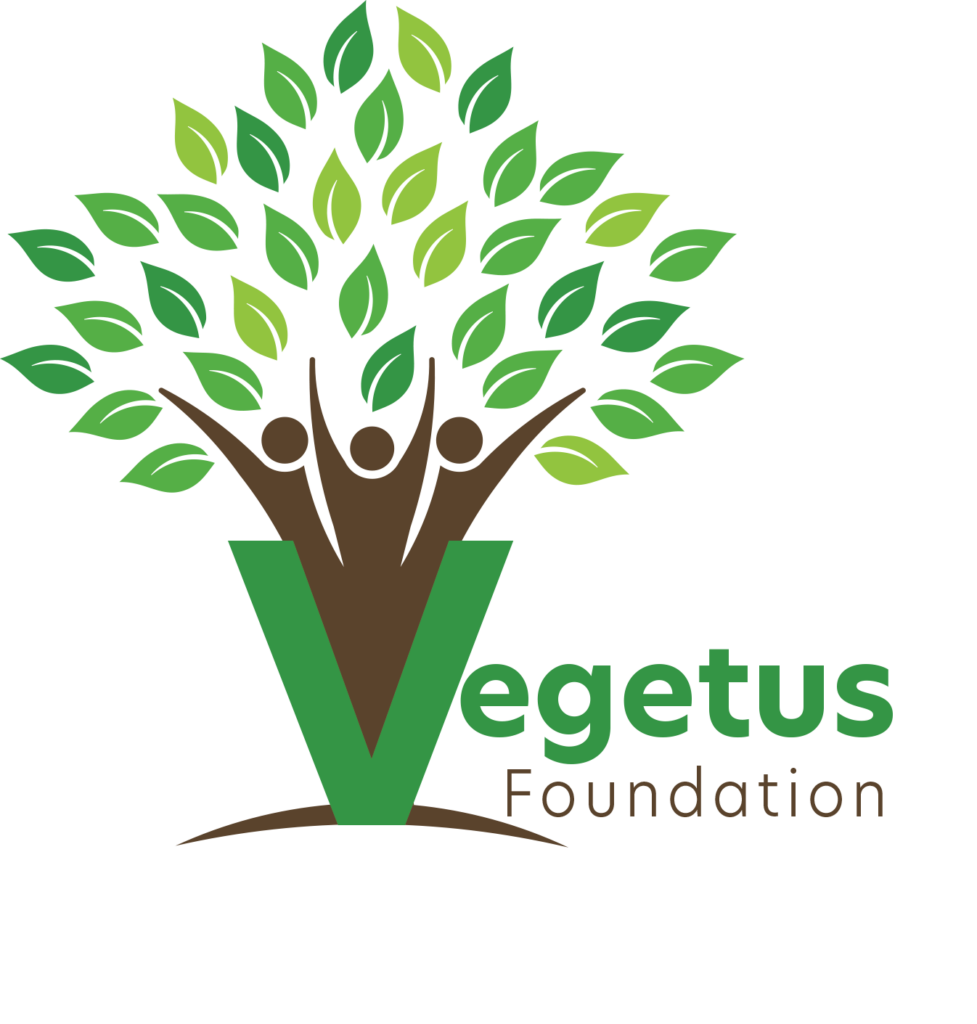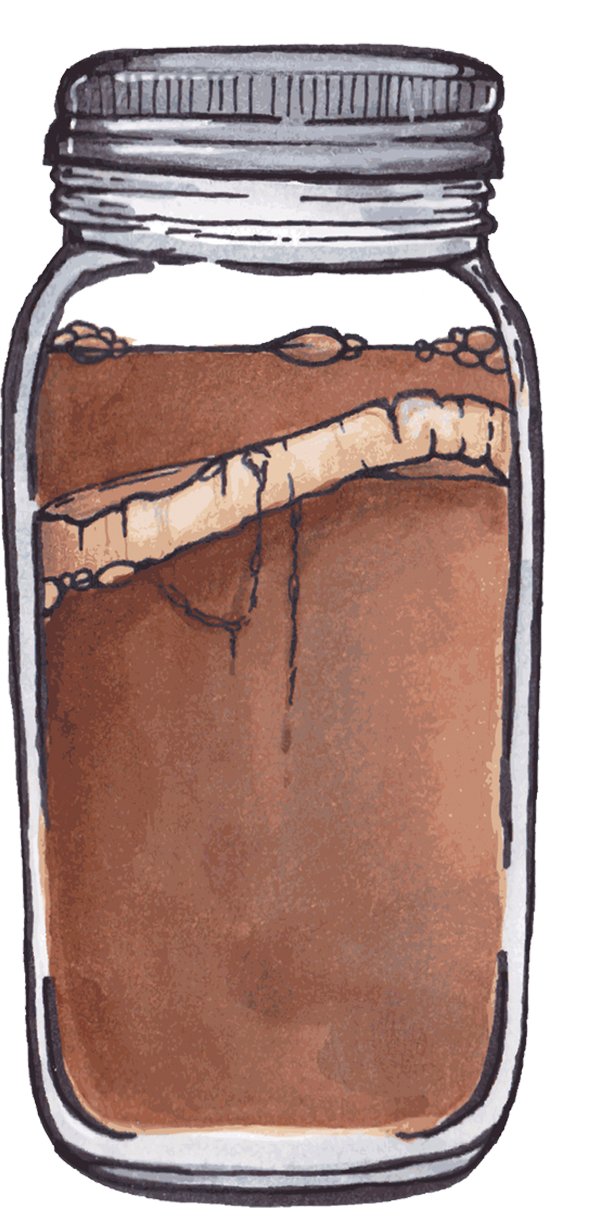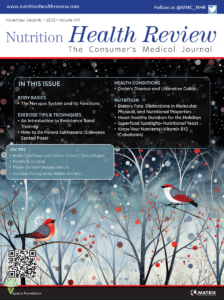
By Sarabeth Lowe, MPH
Ms. Lowe is a Communication Specialist at the University of Delaware Disaster Research Center.
I am pleased to announce a new column in the Nutrition Health Review, Health Literacy Highlights. Each issue, I will cover a new topic related to finding, understanding, and using health information. NHR provides well-researched and informative articles on various health conditions, trends, and topics. This column is meant to empower you with the skills you need to apply what you already know and use it to maintain and protect your overall health and well-being. Before diving into more specific topics, though, it’s important to cover the basics of health literacy and the central role it plays in everyday life.
What Is Health Literacy?
According to the World Health Organization, health literacy represents a person’s accumulated personal knowledge and competencies that allow them to access, understand, appraise, and use information and services in ways that promote and maintain good health and well-being.1 In short, it describes your capacity to make informed decisions about your health. It empowers you to successfully interact with the health care system, advocate for your needs, and maintain and improve your overall well-being.1–8
Since the term was first introduced in 1974, the concept of health literacy has gained momentum and evolved.8–11 While its core definition has remained the same, experts have broadened the term to encapsulate and respond to “the digital transformation’s impact on the management of health and health knowledge.”11 Healthy People 2030, the fifth iteration of the U.S. Department of Health and Human Services’ initiative, updated the term to address two specific types of health literacy.1–3,8,13
Personal health literacy describes the degree to which “individuals have the ability to find, understand, and use information and services to inform health-related decisions and actions for themselves and others.”
Organizational health literacy describes the degree to which “organizations equitably enable individuals to find, understand, and use information and services to inform health-related decisions and actions for themselves and others.”
This expanded definition reflects three key features of health literacy: the ability to use health information rather than simply understanding it, using that information to make well-informed health decisions, and the critical role that organizations—such as health care institutions, insurance companies, and public health systems—have in addressing this issue.2,8,13 It also acknowledges that health literacy is a two-way street. The burden of limited health literacy should not lie solely on the individual. Organizations have an ethical responsibility to adopt strategies to address health literacy and make it easier for people to use their services.12–16
Who Has Limited Health Literacy?
Certain factors, including age, gender, income, occupation, poverty, racial/ethnic minority status, and language skills, are associated with differences in rates of health literacy.1,5,17 Research shows that low socioeconomic status, particularly low educational attainment, is the most important determinant of health literacy.18 These differences can impact whether people can easily develop and use health literacy skills and whether they have access to quality, trustworthy information and services.1,5
While strong literacy and numeracy skills can help people understand and use health information, they are not foolproof. Research shows that most people struggle with jargon-filled, unfamiliar, complicated, and overly technical language.2 This will continue to be a relevant issue as self-management of care increases and individuals assume more independent roles in seeking health information, understanding their rights and responsibilities, and making health decisions for themselves and others.19 People often face health literacy issues when they:1,3,5
- Aren’t familiar with how their bodies work
- Are relying on unfamiliar or technical information
- Have to interpret statistics and health data
- Need to weigh the risks and benefits of certain behaviors, decisions, or care options that affect their health and safety
- Are scared, confused, or under duress, which can occur during emergencies or when they or a loved one are diagnosed with a serious illness
- Have health conditions that require complicated or self-managed care,
- Need to understand issues and are voting for policies that influence personal and public health
Why Is Health Literacy Important?
Health literacy is important for everyone because it is an everyday issue.16 We all need to be able to find, understand, and use health information and services. Though completing health assessment forms or measuring medications might seem like simple, mundane tasks, it is these basic skills that can prevent health problems, protect our well-being, and better manage problems when they arise.1–3 Even ordinary non-health-related tasks, like interpreting a nutrition label or discerning between reliable and unreliable scientific information online, require people to employ health literacy skills.9 The pervasiveness of these skills means that low health literacy has far-reaching impacts on personal and public health.
Overall health and well-being. Numerous studies demonstrate the correlation between low health literacy and poor health status.1–3,5,7,9,15–20 People with higher health literacy skills are more likely to make decisions that protect and promote their physical and mental well-being, which can have a cumulative effect on their overall health. On the contrary, people with inadequate or marginal health literacy often struggle with poor self-care behaviors, receive fewer preventive measures, and have increased all-cause mortality.21
Disease outcomes. Health literacy is an important factor in disease prevention and control. At the individual level, limited health literacy can be a major barrier to effectively managing chronic diseases, such as diabetes and asthma, because it limits a person’s ability to obtain, understand, process, and act on important health information.6,20–22 On the organizational level, health literacy skills allow people to better understand and process public health guidance. For example, peoples’ ability to access, process, and understand essential health information during the COVID-19 pandemic was an important factor in mitigating the spread of disease.23
Cost and quality of care. Health literacy is considered a key source of economic inefficiency in the U.S. healthcare system.24 Through all its impacts—including medical errors, miscommunication, increased illness and disability, loss of wages, and compromised public health—low health literacy is estimated to cost the U.S. economy up to $349 billion every year, when adjusted for inflation to 2023 dollars using the Bureau of Labor Statistics’ CPI Inflation Calculator.16,25,26 According to the Centers for Disease Control and Prevention, improving health literacy could prevent nearly 1 million hospital visits and save over $25 billion a year.17
Health equity. Populations with limited health literacy skills disproportionately experience adverse health outcomes and poorer access to quality care.16 These inequities are deeply entrenched, often reinforcing each other and further broadening the gap. Health literacy is a fundamental public health issue because of its innate link to health equity. In a nutshell, health equity means that everyone has a fair and just opportunity to be as healthy as possible. It describes the attainment of the highest level of health for all people and serves as one of the foremost goals in all public health interventions.1,3,5–9,14–20,26–28
Looking Forward
This brief overview of health literacy hardly scratches the surface of its critical role in personal and public health, but it does set the stage for the upcoming editions of this column. Whether it’s explaining the differences between misinformation and disinformation, discussing the growing role of artificial intelligence in health care, or learning how to navigate the ever-growing body of online health information, there is plenty of ground to cover. Sharpening your health literacy skills will empower you to make better-informed decisions about your physical, mental, and social well-being. I’m excited to have you come along for the journey.
Sources
- Healthy Literacy. World Health Organization. 4 Aug 2024. Accessed 1 Apr 2025. https://www.who.int/news-room/fact-sheets/detail/health-literacy
- Centers for Disease Control and Prevention. What is health literacy? Updated 16 Oct 2024. Accessed 1 Apr 2025. https://www.cdc.gov/health-literacy/php/about/index.html
- Centers for Disease Control and Prevention. Understanding health literacy. Updated 16 Oct 2024. Accessed 1 Apr 2025. https://www.cdc.gov/health-literacy/php/about/understanding.html
- Liu C, Wang D, Liu C, et al. What is the meaning of health literacy? a systematic review and qualitative synthesis. Fam Med Community Health. 2020;8(2):e000351.
- Coughlin SS, Vernon M, Hatzigeorgiou C, et al. Health literacy, social determinants of health, and disease prevention and control. J Environ Health Sci. 2020;6(1):3061.
- Han HR. 5 things diabetes health care professionals should know about health literacy. National Institute of Diabetes and Digestive and Kidney Diseases. 16 Oct 2024. Accessed 1 Apr 2025. https://www.niddk.nih.gov/health-information/professionals/diabetes-discoveries-practice/5-things-diabetes-health-care-professionals-know-health-literacy
- Bindhu S, Nattam A, Xu C, et al. Roles of health literacy in relation to social determinants of health and recommendations for informatics-based interventions: systematic review. Online J Public Health Inform. 2024;16:e50898.
- Santana S, Brach C, Harris L, et al. Updating health literacy for healthy people 2030: defining its importance for a new decade in public health. J Public Health Manag Pract. 2021;27(Suppl 6):S258–S264.
- National Library of Medicine. An introduction to health literacy. Updated 1 Apr 2025. Accessed 5 Apr 2025. https://www.nnlm.gov/guides/intro-health-literacy
- Simonds SK. Health education as social policy. Health Education Monographs. 1974;2(1_suppl):1–10.
- Osborne H. Brief recap of health literacy history. Health Literacy Consulting. 1 Oct 2022. Accessed 5 Apr 2025. https://healthliteracy.com/2022/10/01/brief-recap-of-health-literacy-history/
- Pinheiro P. Conceptualizations of health literacy: past developments, current trends, and possible ways forward toward social practice. Health Lit Res Pract. 2021;5(2):e91–e95.
- Office of Disease Prevention and Health Promotion. Health Literacy in healthy people 2030. Accessed 9 Apr 2025. https://odphp.health.gov/healthypeople/priority-areas/health-literacy-healthy-people-2030
- Olayiwola JN, Anteyi E, Obanua F, et al. To advance health equity, make health literacy a priority at the organizational level. health affairs forefront. 22 Jul 2024. Accessed 5 Apr 2025. https://www.healthaffairs.org/content/forefront/advance-health-equity-make-health-literacy-priority-organizational-level
- Center for Health Care Strategies. How improving health literacy can advance health equity. 21 Mar 2024. Accessed 5 Apr 2025. https://www.chcs.org/resource/how-improving-health-literacy-can-advance-health-equity/
- Center for Health Care Strategies. Health literacy facts sheets. 21 Mar 2024. Accessed 5 Apr 2025. https://www.chcs.org/media/Health-Literacy-Fact-Sheets_2024.pdf
- Centers for Disease Control and Prevention. Talking points about health literacy. Updated 16 Oct 2024. Accessed 5 Apr 2025. https://www.cdc.gov/health-literacy/php/about/tell-others.html
- Stormacq C, Van den Broucke S, Wosinski J. Does health literacy mediate the relationship between socioeconomic status and health disparities? Integrative review. Health Promot Int. 2019;34(5):e1–e17.
- Institute of Medicine (US) Committee on Health Literacy, Nielsen-Bohlman L, Panzer AM, Kindig DA, eds. Health Literacy: A Prescription to End Confusion. Washington, DC: National Academies Press (US); 2004.
- Lopez C, Saks K, Kim B. Health literacy in the United States: enhancing assessments and reducing disparities. Milken Institute. 17 May 2022. Accessed 5 Apr 2025. https://milkeninstitute.org/content-hub/research-and-reports/reports/health-literacy-united-states-enhancing-assessments-and-reducing-disparities
- Shahid R, Shoker M, Chu LM, et al. Impact of low health literacy on patients’ health outcomes: a multicenter cohort study. BMC Health Serv Res. 2022;22(1):1148.
- Benjamin RM. Improving health by improving health literacy. Public Health Rep. 2010;125(6):784-785.
- Hange N, Agoli AM, Pormento MKL, et al. Impact of COVID-19 response on public health literacy and communication. Health Promot Perspect. 2022;12(1):1–9.
- Rasu RS, Bawa WA, Suminski R, et al. Health literacy impact on national healthcare utilization and expenditure. Int J Health Policy Manag. 2015;4(11):747–755.
- Vernon JA, Trujillo A, Rosenbaum SJ, et al. Low health literacy: implications for national health policy. Himmelfarb Health Sciences Library. Oct 2007. Accessed 7 Apr 2025. https://hsrc.himmelfarb.gwu.edu/sphhs_policy_facpubs/172/.
- Coleman C, Birk S, DeVoe J. Health literacy and systemic racism-using clear communication to reduce health care inequities. JAMA Intern Med. 2023;183(8):753–754.
- Centers for Disease Control and Prevention. What is Health Equity? Updated 11 Jun 2024. Accessed 5 Apr 2025. https://www.cdc.gov/health-equity/what-is/index.html
- Prentice KR, Beitelshees M, Hill A, et al. Defining health equity: a modern US Perspective. iScience. 2024;27(12):111326.





